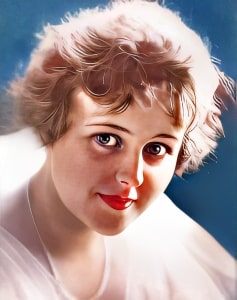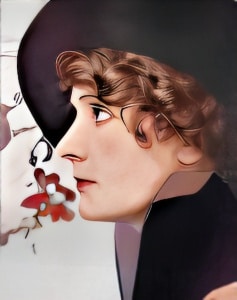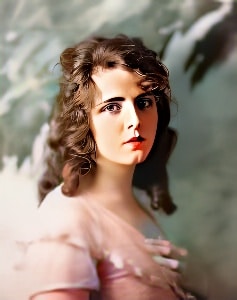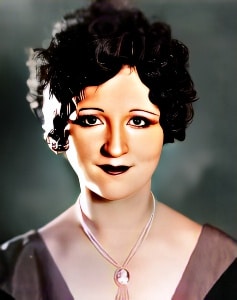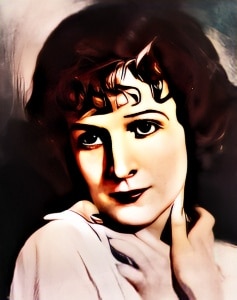 Carol Dempster, a prominent silent film actress, graced the silver screen during the early 20th century and left an indelible mark on the world of cinema.
Carol Dempster, a prominent silent film actress, graced the silver screen during the early 20th century and left an indelible mark on the world of cinema.
With her distinctive charm and expressive acting, Dempster became one of the celebrated figures of the silent era, collaborating with renowned director D.W. Griffith and starring in numerous films that captivated audiences.
Born on December 9, 1901, in Duluth, Minnesota, Carol Dempster embarked on her journey into the world of entertainment during an exciting period when the film industry was still in its formative stages. The silent film era was defined by the absence of synchronized sound, which demanded actors to convey emotions and narratives primarily through facial expressions, body language, and gestures. Dempster excelled in this visual medium and showcased her remarkable talent.
Dempster’s ascent in the film industry can be largely attributed to her collaboration with D.W. Griffith, a pioneering director who played a pivotal role in shaping early cinema. Under Griffith’s direction, Dempster portrayed various characters with grace and elegance, gaining recognition for her versatile acting. Their partnership resulted in several notable films, including “ The Love Flower” (1920), “Dream Street” (1921), and “ One Exciting Night” (1922).
In “ The Love Flower,” Dempster’s portrayal of Mary Faust earned her acclaim for her ability to capture the character’s vivacious and captivating spirit. Her on-screen chemistry with co-star Richard Barthelmess added depth to their characters’ romantic relationship, making the film an emotional and visual delight. “ The Love Flower” was set against the backdrop of Hawaii, providing a stunning setting that further emphasized Dempster’s magnetic presence.
“Dream Street” continued to showcase Dempster’s talents, with her role as Barbara, a character enmeshed in a complex love triangle. Her ability to convey the emotional struggles and dilemmas of her character made the film a compelling exploration of love, passion, and sacrifice.
“ One Exciting Night” allowed Dempster to portray the character of the Countess Ruffo, adding to her repertoire of diverse roles. Her performance demonstrated her adaptability as an actress and her capacity to engage with a range of characters and narratives.
The transition to sound films in the late 1920s posed a significant challenge for many silent film actors, and some found it difficult to make the shift. However, Dempster’s talent and commitment to her craft allowed her to adapt to this new era. She appeared in a few sound films but eventually chose to retire from acting.
While Carol Dempster’s name may not be as widely recognized today as some of the leading actors of her time, her performances and contributions to the silent film era remain significant. Her work with D.W. Griffith, her expressive acting, and her ability to engage with complex characters and emotionally charged storylines are a testament to her dedication to the art of cinema.
In conclusion, Carol Dempster was a silent film star known for her grace, elegance, and versatility as an actress. Her collaborations with D.W. Griffith and her performances in films like “ The Love Flower,” “Dream Street,” and “ One Exciting Night” solidified her place in the history of silent cinema. Her ability to convey complex emotions and narratives through visual storytelling is a reminder of the unique artistry of the silent film era.

